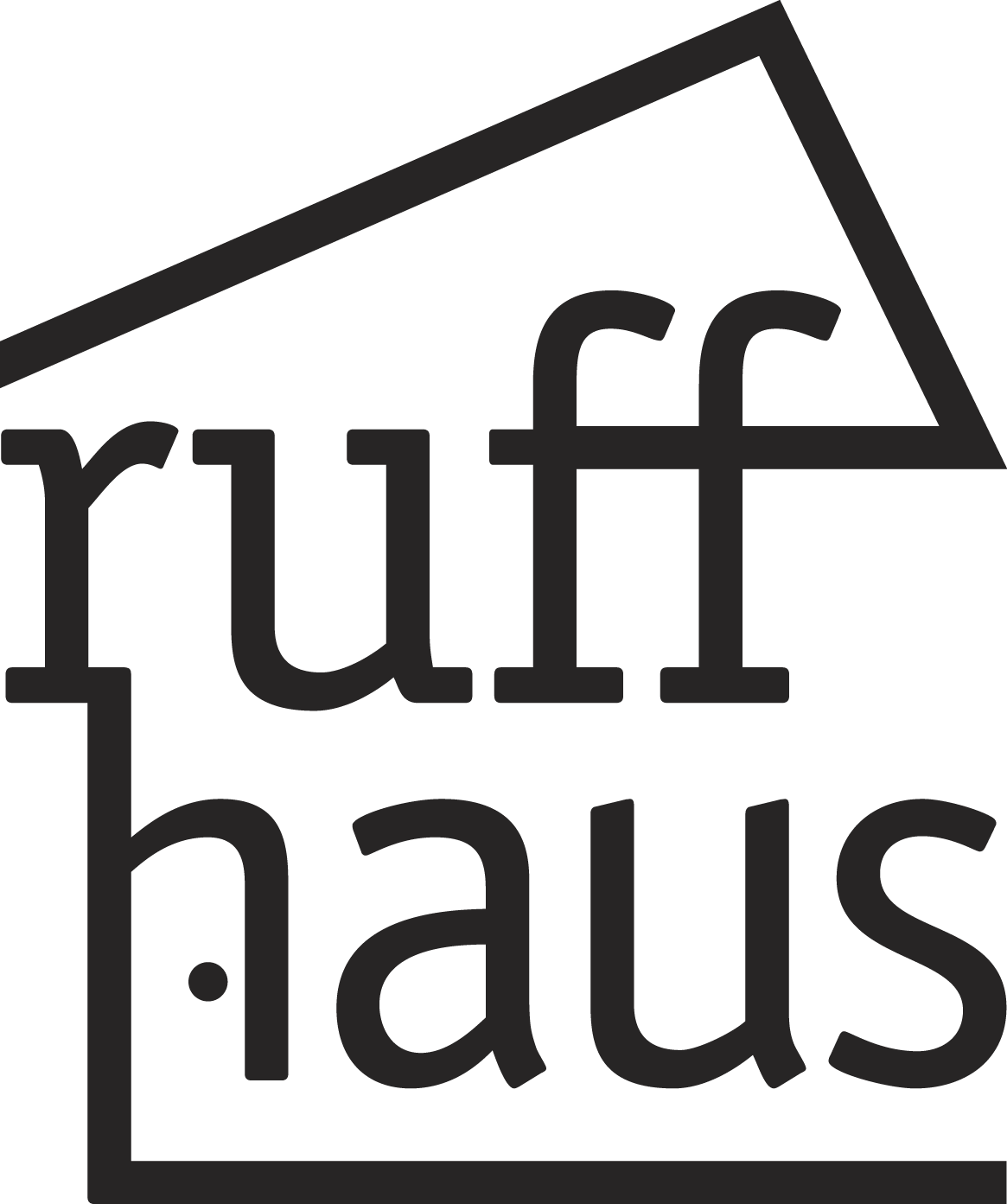Insider Tips on Print Buying
Before embarking on a print project–large or small–there are a few things you should know. First, every project is unique, meaning prices fluctuate and adjustments and compromises are commonplace.
Since there are so many variables to consider when working on a print collateral project, we find it's in everyone's best interest to view printers as a partner. A partner who is involved in the project process from beginning to end. From saving time and money for our clients to informing us of options we never thought possible, developing a long-term relationship with reputable printers is simply good business for everyone.
One of the most common questions in print collateral work begins with the phrase, "Is it possible to..." The good news for anyone with deep pockets is that nearly anything can be accomplished in print collateral materials. For the rest of the pack, however, the reality is customizations mean more money.
While we're on the subject of price, here are some of the things that most often affect the price of a print job:
Type of printer required
- A digital printer and an offset press are the 2 most common options– quantity, quality, and dimensions will determine which is the right choice. Digital print technology is improving rapidly, so the gap in quality between offset and digital is closing, but not all digital printers can produce high-quality results.
- Digital printers are less expensive for low-volume print jobs because the set up cost is minimal. Offset presses, on the other hand, are better for handling large print jobs. Because a special plate is needed for every color, the cost of creating and mounting each color plate becomes the majority of the overall print cost, especially if you need more than 4 colors or if you want certain finishes. This means the price difference between 2,000 pieces and 2,500 pieces is basically nothing more than a difference in the cost of the extra paper. Offset printing also offers more flexibility in terms of printing mediums (paper, wood, cloth, plastic, leather, metal, etc.).
- As for dimensions, every press utilizes standard paper sizes, so designing your job to maximize paper efficiency will reduce the amount of unused space on the sheet and, in turn, the amount of excess paper on the cutting room floor. A few simple steps in the planning phase can reduce your cost–and waste–significantly.
Number of colors and types of ink used
- For offset presses the difference in price between 2 and 4 colors is substantial because of the set up cost mentioned earlier. While the number of colors used isn't as important for digital printers, it makes a world of difference when using an offset press. Since there are no color plates to create and mount with a digital printer, the difference between 2 and 4 colors is negligible. Keeping this in mind will help you plan your design, as well as choose the appropriate printer and the number of colors that fit your printing budget from the very start.
- If you want to include full-color photos, your print job must be 4-color process (CMYK). And there is more than one type of ink to choose from (soy-based, metallic, fluorescent, etc.), as well as more than one type of color matching process to choose from.
- Process color printing reproduces a color image by separating it into cyan (C), magenta (M), yellow (Y), and black (K). Spot color printing, on the other hand, uses special premixed inks to accurately recreate colors outside the spectrum of process colors. Remember, each color requires it's own printing plate.
Desired finishes
- From textures to foil stamping to aqueous coating to varnishes, finishes can not only help resist fingerprints, scratches, and smudges, but they can also add a specific decorative element that enhances the presentation and functionality of print collateral materials. Finishes such as these can happen in line or on a separate machine, depending on the overall job specs and the printer capabilities. For example, if the printer used does not have a 5- or 6-color press, you may have to print a 4-color job and then take it to a different press for the varnish application.
Hand assembly and specialty packaging
- Specialty packaging options are practically endless, and hand assembly can get expensive. One possibility that can save you money is ready-made packaging templates, since these templates come pre-cut, pre-scored, and ready to be printed on right away. Discussing such possibilities with your printing partner before finalizing any decisions really is in your company's best interest.
In a nutshell, you should (1) establish a long-term relationship with professionals so that your brand colors are consistent and your needs and budget are known, and (2) gather insight from your design firm by asking them to attend project meetings and allowing them to offer suggestions on marketing, cost, distribution, and materials before you make any set decisions.
Have a Pawsitively Tail Waggin' Good Day!
P.S. This information was provided by Ruff Haus - Your Loyal Marketing Companion. Established in 1997, we are a special breed of brand design company that works with a premier pack of clients. We bring a fresh outlook and tail-wagging enthusiasm to your marketing program.

